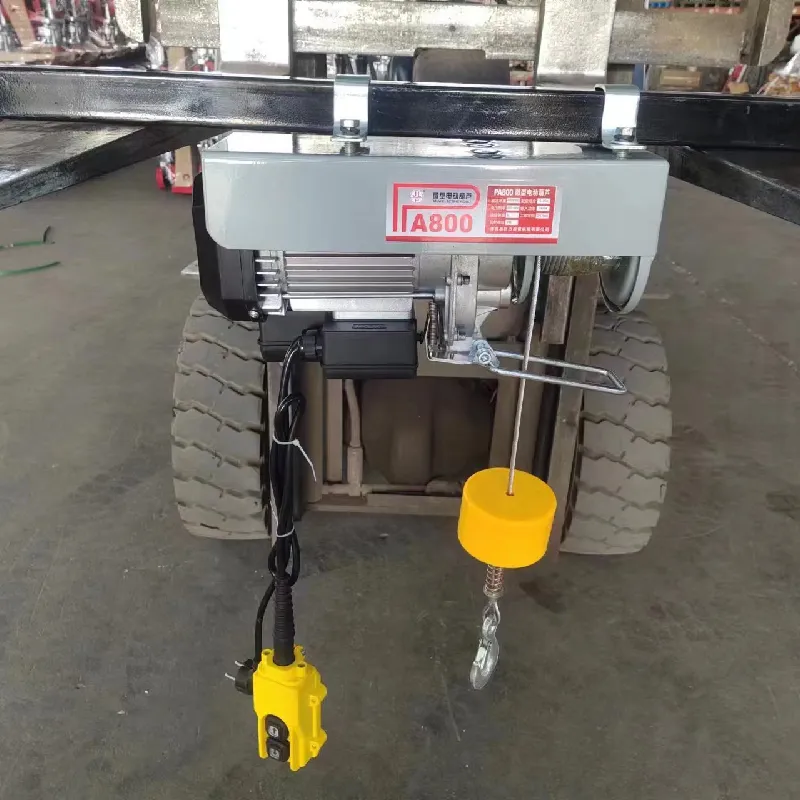


Understanding Hydraulic Pallet Jacks Essential Tools for Material Handling
Hydraulic pallet jacks, also known as hand pallet trucks, are vital tools widely used in warehouses, distribution centers, and retail environments for the efficient movement of goods. These compact and robust machines are designed to lift and transport heavy pallets with ease, significantly enhancing productivity and reducing the risk of injuries associated with manual handling.
At the heart of the hydraulic pallet jack's functionality is its hydraulic system, which operates on the principle of Pascal's law. When the user pumps the handle, hydraulic fluid is forced into a cylinder, generating enough force to lift the load. This mechanism allows the user to raise heavy pallets—often weighing several tons—without requiring excessive physical strength. The ability to lift loads to a manageable height enables safe loading and unloading from trucks or shelves, making it an indispensable tool in various industries.
One of the key advantages of hydraulic pallet jacks is their design. Most models are constructed with strong steel frames and equipped with sturdy fork arms, which can easily slide beneath pallets. The forks can often be adjusted to accommodate different pallet sizes, making them versatile for various tasks. Additionally, the wheels on hydraulic jacks are designed for agility, allowing users to maneuver through tight spaces, narrow aisles, and crowded environments without difficulty.

In terms of operation, hydraulic pallet jacks have a user-friendly interface. Most models feature an ergonomic handle that allows for easy lifting and lowering controls, which minimizes operator fatigue. By simply pulling the handle towards themselves, users can lift the load, while pushing it away lowers the load back to the ground. This straightforward operation makes the hydraulic pallet jack accessible to almost anyone, regardless of physical strength or experience.
Safety is paramount when using hydraulic pallet jacks. Operators are trained to follow best practices, such as maintaining a safe load limit and ensuring the load is balanced for maximum stability. Additionally, wearing proper personal protective equipment (PPE) and keeping the workspace clear of obstacles can prevent accidents and injuries.
Maintaining hydraulic pallet jacks is also essential to ensure longevity and optimal performance. Regular inspections should be conducted to check for hydraulic leaks, wear on the wheels, and overall functionality. Keeping the equipment in good condition not only enhances its efficiency but also ensures the safety of the operators.
In conclusion, hydraulic pallet jacks are an essential asset for any business involved in material handling. Their hydraulic lifting system, user-friendly operation, and ability to handle heavy loads safely and efficiently make them indispensable tools in modern logistics. By investing in high-quality hydraulic pallet jacks and training employees in their use, companies can streamline their operations and promote a safer working environment.



